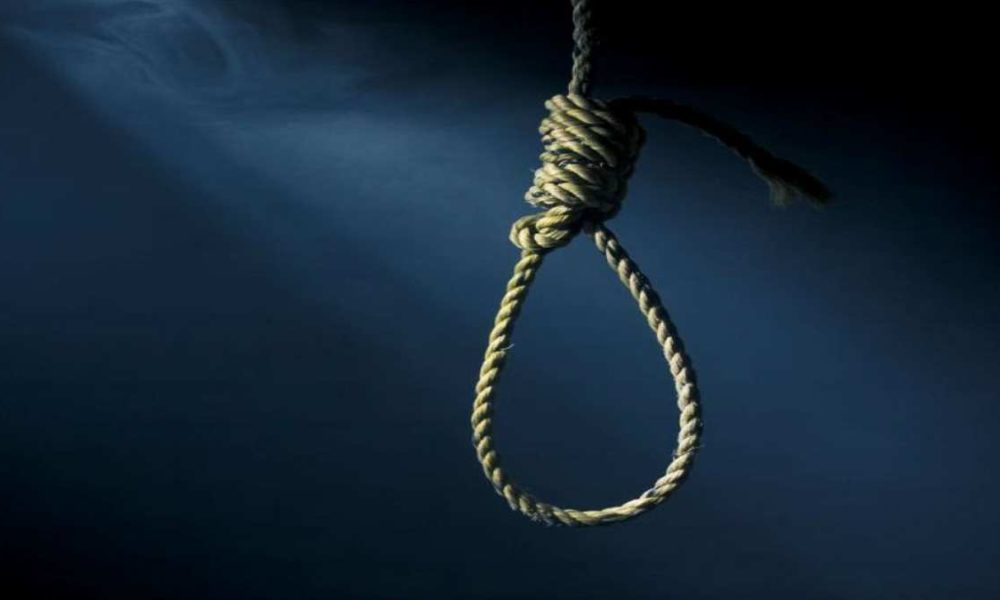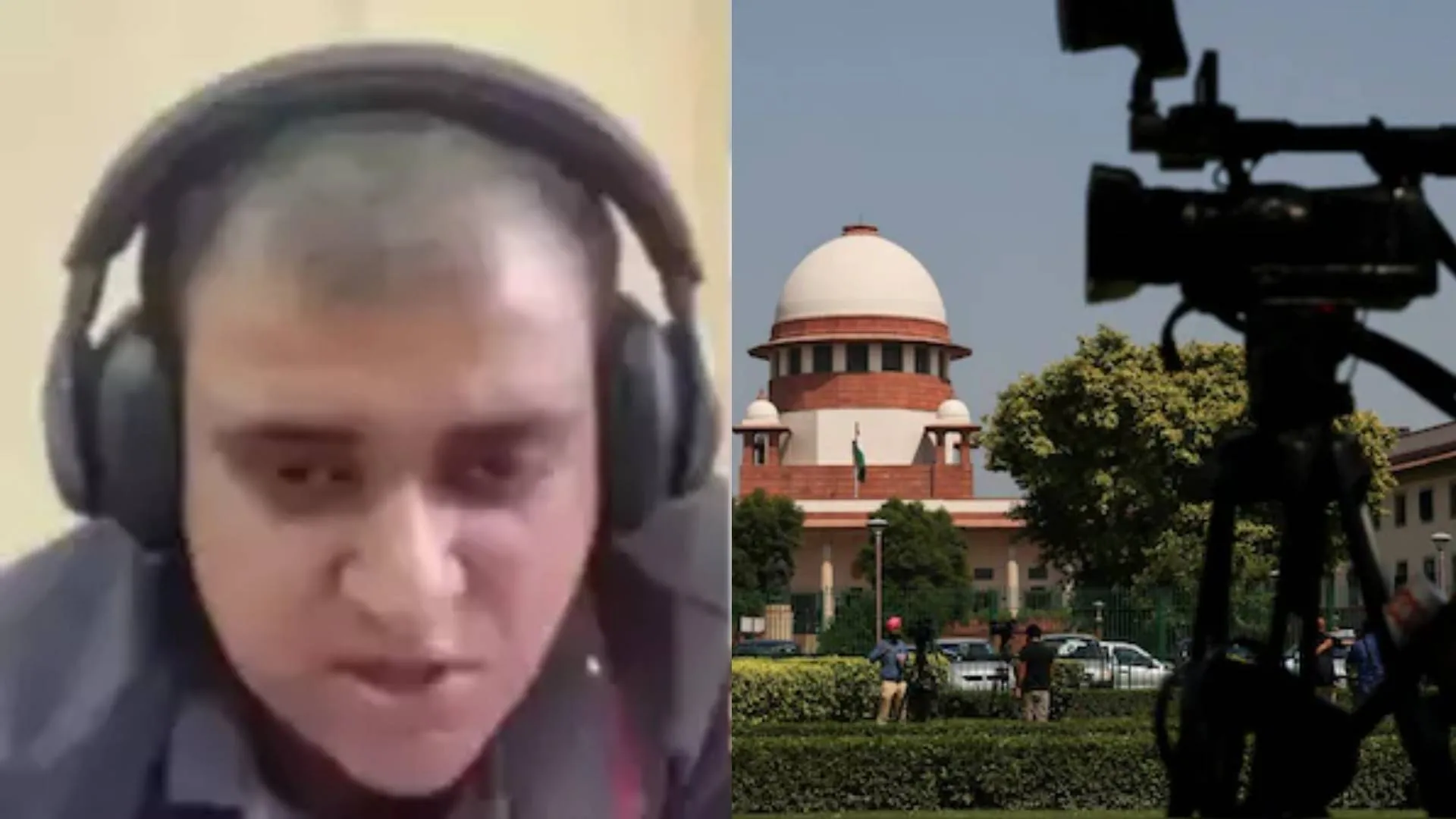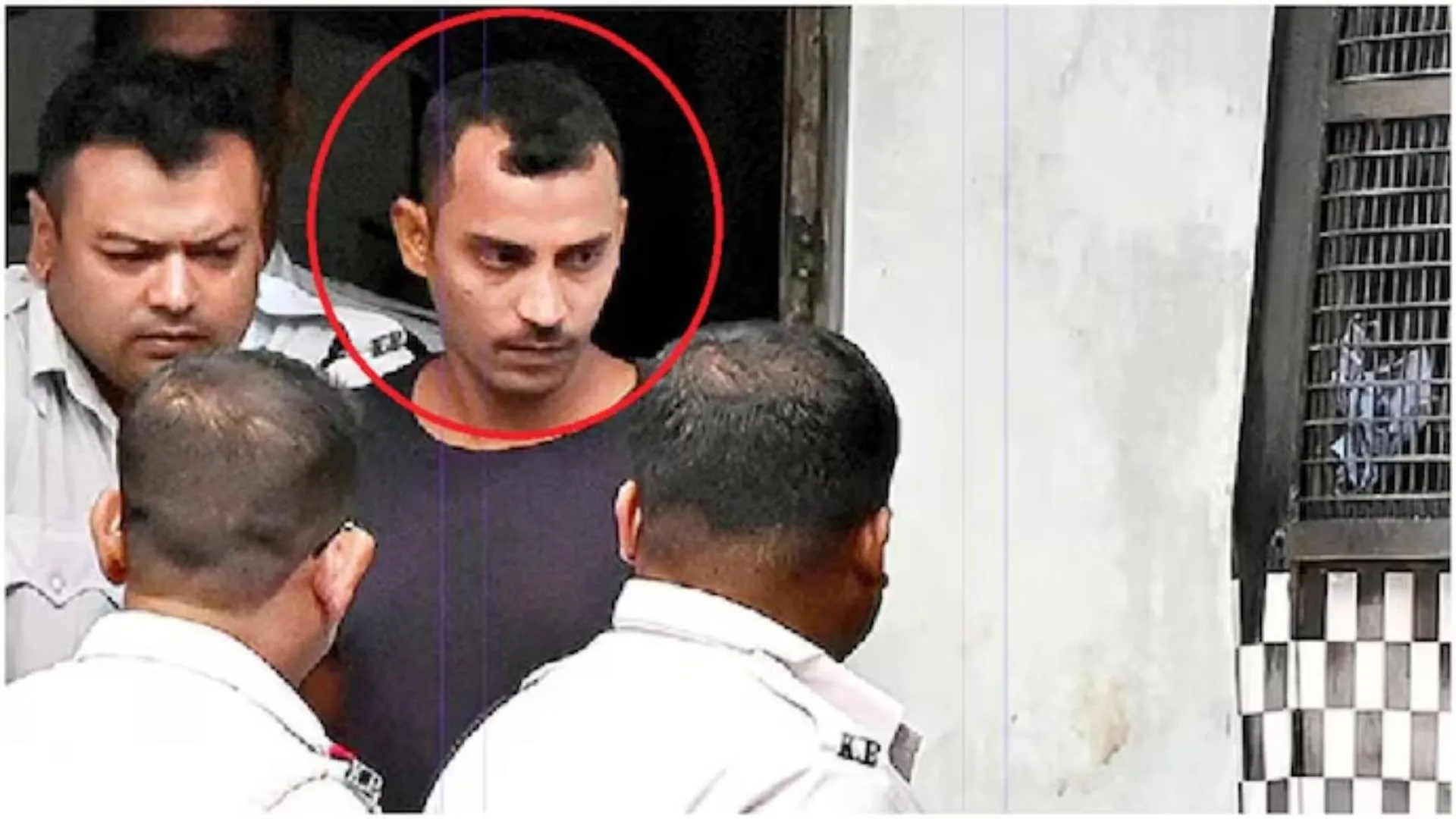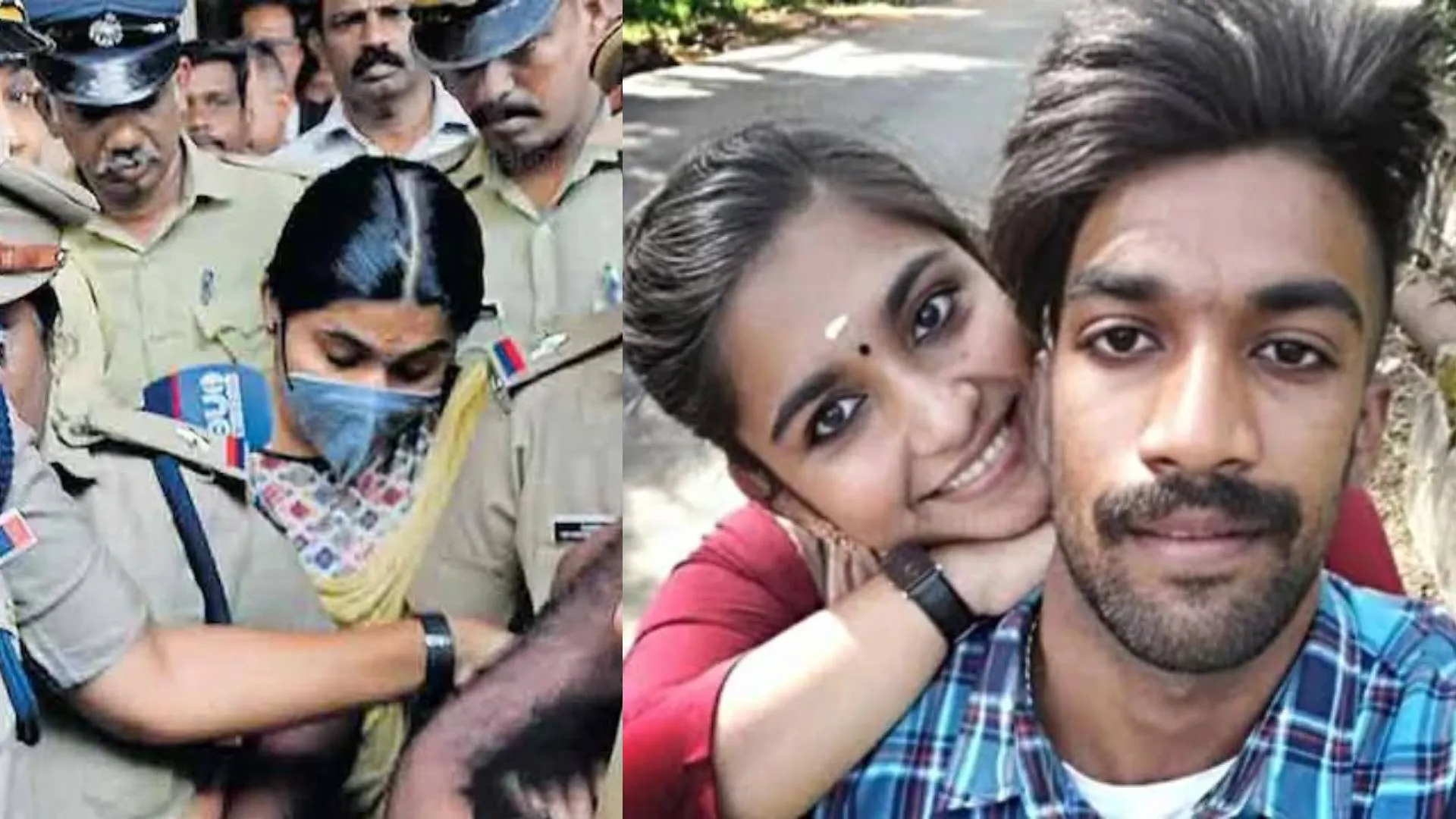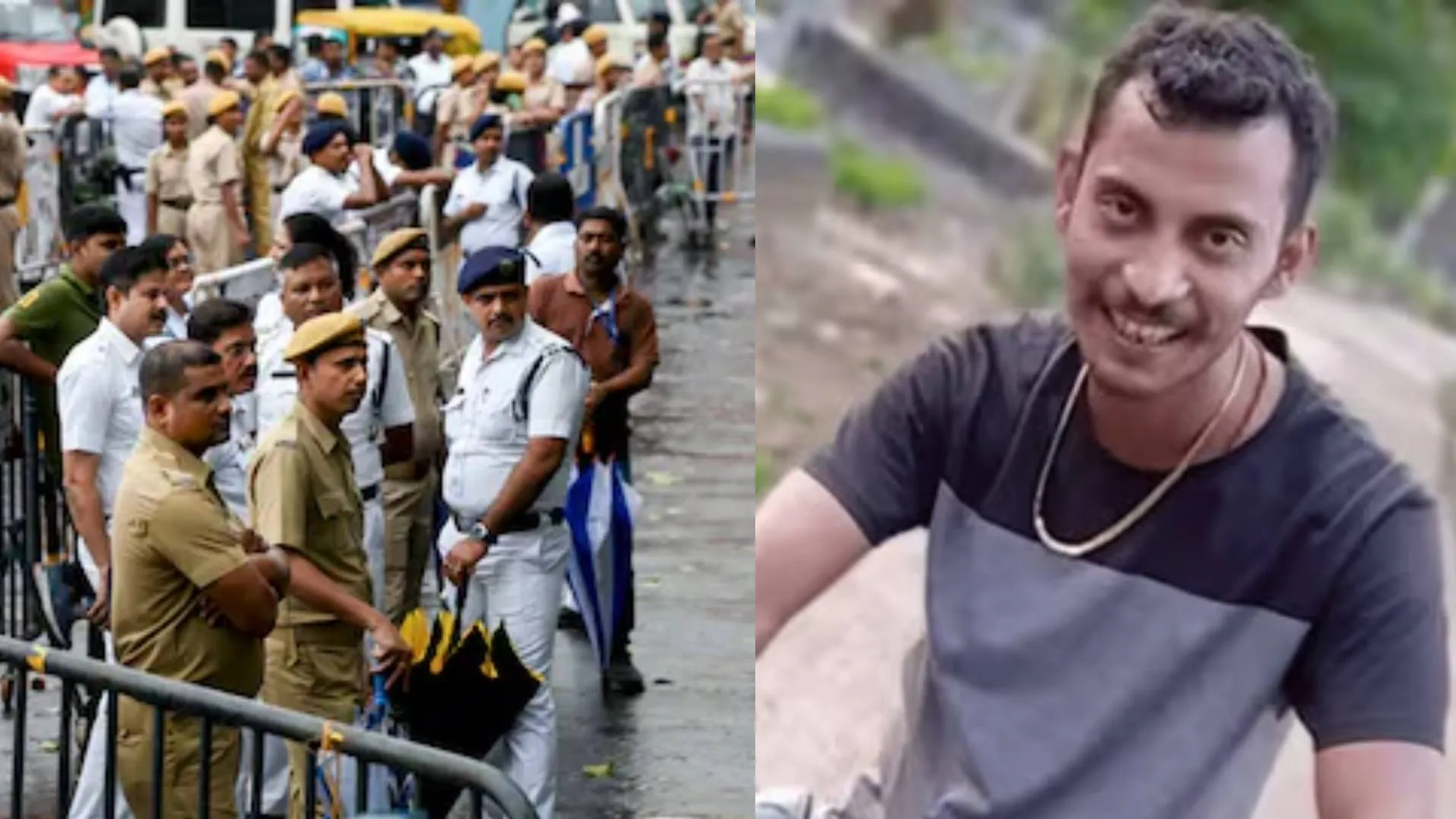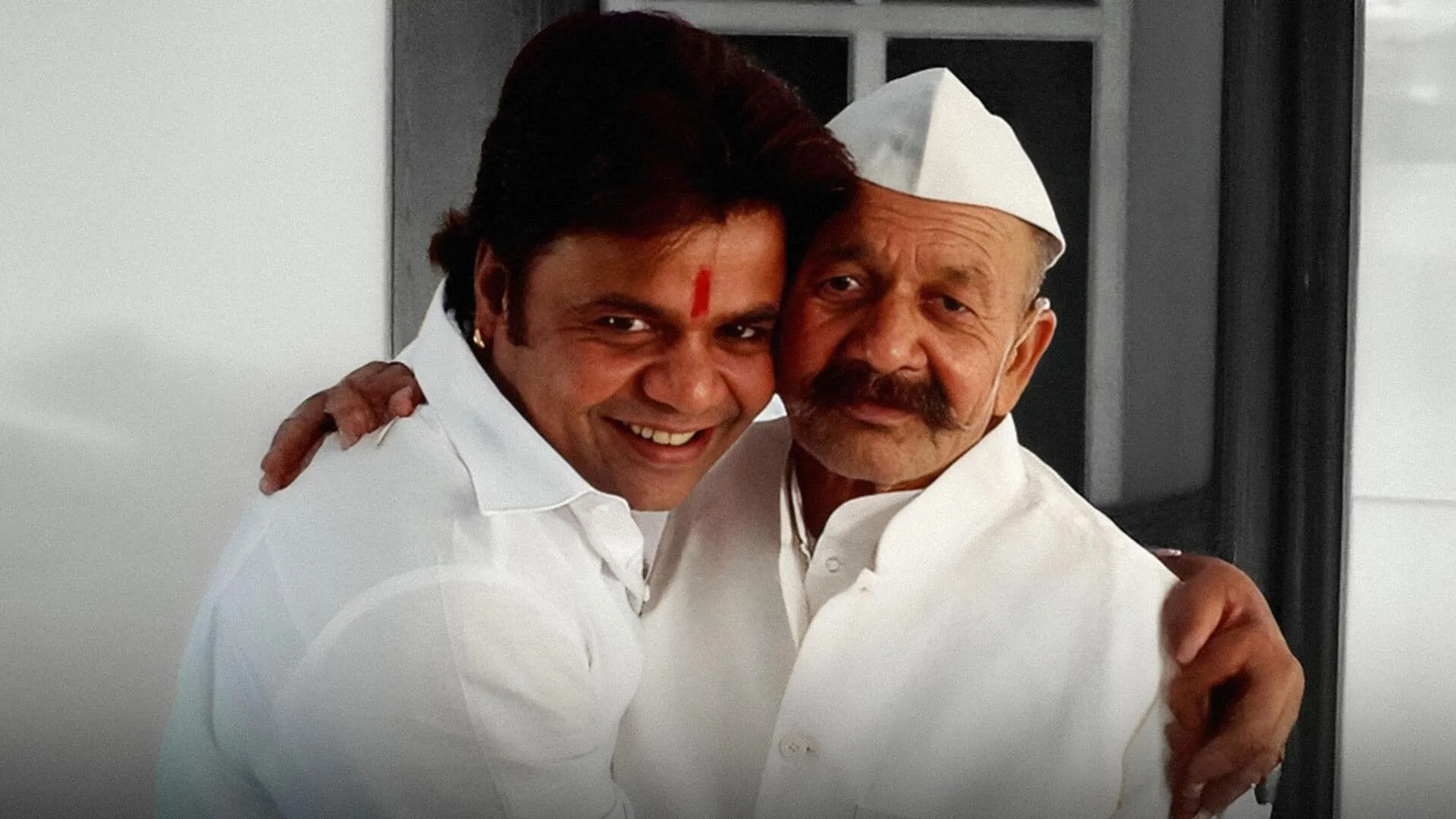The debate over capital punishment in India is a long standing one. 40 years after Bacchan Singh in a country where inequality transcends every aspect of life including the social and cultural sphere, where equal and effective access to rights are merely words on paper, and a system that barely acknowledges the structural defects of the criminal justice system, the question that one must address today is whether capital punishment can continue to be justified on mere unproven jurisprudence bereft of these inequalities
Jurisprudential backing
Throughout the course of history, various politicalsocial thinkers have tried to juggle with the concept of ‘crime’, ‘the criminal’, ‘the society’ and what measures must the State take to ensure prevention of further crime. Of all the theories that have dominated over time, the retributive (“just deserts”) and the deterrence theory have been predominantly used to justify the capital punishment.
The retributive theory in its simplest form propagates the idea of ‘an eye for an eye’ and attempts at restoring the balance in society caused by the taking away from the criminal in the same proportion as what was taken away from the victim and society. However, one of the biggest criticisms of this school is the fact that ‘crime’ is seen as a relation between the State and the individual only, without taking in consideration the victim and without recognizing that crime is a culmination of socio-cultural phenomenon, thereby eliminating the consideration of the background of the offender and the scope of reformation and rehabilitation. The Deterrence Theory places great emphasis on maintaining the common good and larger interests of society over an individual, and therefore the punishment is significantly higher than the individual benefit one may derive from committing a crime. By setting an example for one, it hopes that the other members would be dissuaded from repeating the same offence. This theory suffers primarily for the lack of empirical data to shows its effectiveness and also disregards the individuality altogether. It also does not factor in the role of society in ‘crime’ as well.
Development in India
Prior to the British rule in India, the retributive system (Shariat Law) prevailed in the criminal delivery system. The subsequent Codification of laws on the basis of report by Lord Macaulay in 1860, enacted penal code and introduced the minimum sentence for offences, however, largely motivated by deterrence. The 1898 Criminal procedure Code provided for the sentence of death as the rule and required special reasons for a departure from the rule of death to award a punishment of transportation for life, now life imprisonment. However, studying and analyzing the ever evolving criminal jurisprudence, international trends and national experience, law commission report, a landmark shift in legislative policy with respect to sentencing emerged in 1973. The 1973 Code brought in Section 235 that mandated a separate stage for hearing on sentence after conviction. The Hon’ble Supreme Court in Santa Singh v. State of Punjab (1976) 4 SCC 190, highlighted the significance in the change in policy and laid down the special significance of a separate sentencing stage that would allow for an individualized appropriate sentences. Another significant change and an acceptance of reformative theory was inserted vide Section 354(3) in the Code, which now mandated life imprisonment as the rule and required ‘special reasons’ for awarding death, thereby making the death penalty an exception to the rule. The legislature provides no guidance for the application of this exception and we rely upon the judicial interpretation of the same.
In Bacchan Singh v. State of Punjab (1980) 2 SCC 684, the Supreme Court by majority view upheld the validity of death penalty however, also laid down the broad law as is now accepted to it recognized the ‘crime’ as well as the ‘criminal’ and further the test of ‘rarest of the rare’ for awarding of death penalty after going through the mitigating and aggravating circumstances. Though the Supreme Court did not specify the guidelines, in Macchi Singhs case, it introduced the balance sheet approach to compare the aggravating and mitigating circumstances, laying great emphasis on the ‘criminal’ at the stage of sentencing. The crime test, criminal test and the test of ‘rarest of the rare’ are highly subjective and our experience post Bacchan Singh would lead us to believe that unguided sentencing policy has allowed for too wide a discretion that is applied arbitrarily. The bar set in Bacchan Singh to justify awarding of death sentence is unimaginably high; “That ought not to be done save in the rarest of rare cases when the alternative option is unquestionably foreclosed”, which leads us to believe that the State ought to consider all possibilities of reformation, rehabilitation and only if there could be no iota of doubt about whether the convict would be reformed, would the death penalty be considered. To ever expect an individual judge having no assistance by experienced human psychologist to assess whether another human is incapable of reform and impossible to rehabilitate, places great responsibility and burden upon him and therefore the process ought not to leave any flaw particularly when it is a question of life and death.
Ignoring the ethos of the Bacchan Singh entirely, in Ravji v. State of Rajasthan (1996) 2 SCC 175, the Supreme Court gravely erred in ignoring the ‘criminal test’ and focussed solely on the ‘crime’. In total ignorance of the possibility of reform of the criminal, the Court proceeded to sentence the accused by justifying their action on deterrence. 6 more cases were decided by the Supreme court following Ravji and after 13 years, in Santosh Kumar Satishbhushan Bariyar v. State of Maharashtra (2009) 6 SCC 498, the Supreme Court finally acknowledged the error in Ravji and held it to be per incuriam. Restoring the ethos of Bacchan Singh, in Bariyar (supra), the Court held that the death sentence ought to be resorted to only when the alternative option is unquestionably foreclosed, the award of life sentence would be a futile exercise and that there was no possibility of reform of the accused and thus the only option is to award death.
What constitutes as aggravating and mitigating circumstances, can neither be laid down in a straightjacket formula in law nor be enumerated in an exhaustive list. In such a scenario, the Courts below look for guidance from the Supreme Court in interpreting and analysing the factors to be considered while awarding an appropriate sentence. The confusion at the supreme Court has only led to inconsistent and unfettered application of sentencing across the country and acknowledging the discrepancy, the Apex Court in Shankar Kisanrao Khade v. State of Maharashtra, (2013) 5 SCC 546 requested assistance of the Law Commission to decide whether the death penalty served as deterrent punishment or retributive justice or serves an incapacitative goal. The Law Commission in its 262nd report, answered the question posed to it by observing that the death penalty does not serve any penological goal of deterrence any more than life imprisonment in all matters and recommended the abolition of death penalty in all matters except terrorism. It expressly cautioned against letting vengeance take place of retribution and at the same time highlighted that the focus of debate on the death penalty ignores the pertinent and more important problems ailing the criminal system like poordefective investigation, crime prevention, victims’ rights, ineffective prosecution and poor legal aid.
Besides the unfettered discretion and inconsistent application of sentencing guidelines, the Law Commission emphasised on the structural defects in the criminal justice system itself where more often than not, it is the most vulnerable parts of society that are ultimately found guilty and also form the majority of the death penalty convicts. In a Report prepared by the Project 39A, NLUD it was found that majority of death row convicts belonged to poor economic, socio-religious and education backgrounds. It was as recent as in 2018, when the Court in M.A. Antony v. State of Kerala 2018 SCC Online 2800 held that the socio-economic factors ought to be considered at the stage of sentencing.
A case which highlights the potential impact of the structural defects in our system is that of Ankush Maruti Shinde & Ors. v. State of Maharashtra (2019) 15 SCC 470, wherein the accused were sentenced to death by the Sessions Court, death sentence confirmed by the High Court and also affirmed by the Supreme Court. Upon hearing of the review petition, a fresh hearing was conducted and not only did the Supreme Court acquit all six death row convicts but also directed the State to pay compensation to each convict. A case with such a chequered history should remind us that despite multiple appellate stages, re-appreciation of evidence etc., the criminal justice system is not infallible. The report of Project 39A, highlights poor legal assistance amongst others contributing to structural defects wherein vulnerable persons are unable to afford a private lawyer who would take an interest in their case. In recognition of the same, an attempt at giving the accused a fair representation in matters where the sentence could be of death, the Hon’ble Supreme Court has in Anokhilal v. State of MP 2019 SCC Online SC 1637 (a case where the trial under POCSO Act was complete in 13 days and the accused sentenced to death) stressed upon the legal representation given to the accused and also laid down guidelines in this respect so as to ensure quality and able assistance.
Recognizing the possibility of injustice in the system and the irreversible nature of death penalty, the Supreme Court made an exception to its Rules and allowed open court hearings before three Hon’ble Judges in matters involving death penalty. (Mohd. Arif v. Supreme Court of India (2014) 9 SCC 737.) At the post conviction stage too the Hon’ble Supreme Court has time and again interfered with the sentence and commuted the death sentence on account of delay in deciding of mercy petitions, improper procedure followed and factors like subsequent health concerns like mental illness. However, the question to be raised at this juncture is why there doesn’t exist a continuous evaluation system which assesses the convicts changed circumstance and possibility for rehabilitation subsequent to many years of incarceration. (See Triveniben v. State of Gujarat (1989) 1 SCC 678, Shatrughan Chauhan v. Union Of India (2014) 3 SCC 1, Union of India v. Dharam Pal (2019) 15 SCC 388, X. v. State of Maharashtra (2019) 7 SCC 1, (2019) 12 SCC 460)
Role of Victims in Sentencing
Though an increasing role for victims to participate in trials is welcome, it is my opinion that the stage of sentencing ought to be restricted between the convict and State so as to ensure that the Court can objectively decide the most appropriate sentence assessing whether the convict can be reformed and remain uninfluenced by victims and the ‘demands’ of Society. It would not be wrong to assume that victims are usually filled with vengeance and seek the highest punishment, however, the primary interest of the State and society is not to award the highest punishment, but, to award what is appropriate for the purpose of reforming and rehabilitating the accused. One must understand, the purpose of a trial and the criminal justice system is not to identify and eliminate the convict, but, to identify, reform and rehabilitate the convict and prevent other crime.
Conclusion
In a Society that has now come to an agreement that the purpose of sentencing is to reform and rehabilitate the accused, it is imperative that the sentencing be individualised. Every endeavour ought to be made to assess what punishment would be appropriate for the convict to enable him to reform himself and to help integrate him into Society as a valuable member. To achieve this, the help of psychiatrists, psychologists, good conduct reports and an opportunity to the defence to provide all materials they deem fit to should be called for and assessed. The stage of sentencing post conviction is not a routine affair but one with grave consequences. The standard of ‘Unquestionably foreclosed’ in my opinion raises the bar beyond rarest of the rare and places an enormous burden upon the Judge to take a call on whether he is of the belief that the accused would ever be worthy of returning to Society. In the absence of a streamlined and consistent sentencing policy, the Courts below allow for greater variance and discrepancy in sentencing to the extent that the application of death penalty is arbitrary and violative of equal treatment under Article 14. All things said and done, neither is there any jurisprudential justification that the death penalty is essential, nor is there any empirical research to show that a it operates as a deterrent, and on the contrary, in practice, is outright arbitrary in its application and has led to mostly persons of vulnerable backgrounds suffering, which is rather an outcome of the structural defects in our system. In such a scenario, the death penalty as a punishment and its purpose as whole needs to be revisited.
Sr. Adv. Sushil Kumar Jain practices at the Supreme Court of India.

